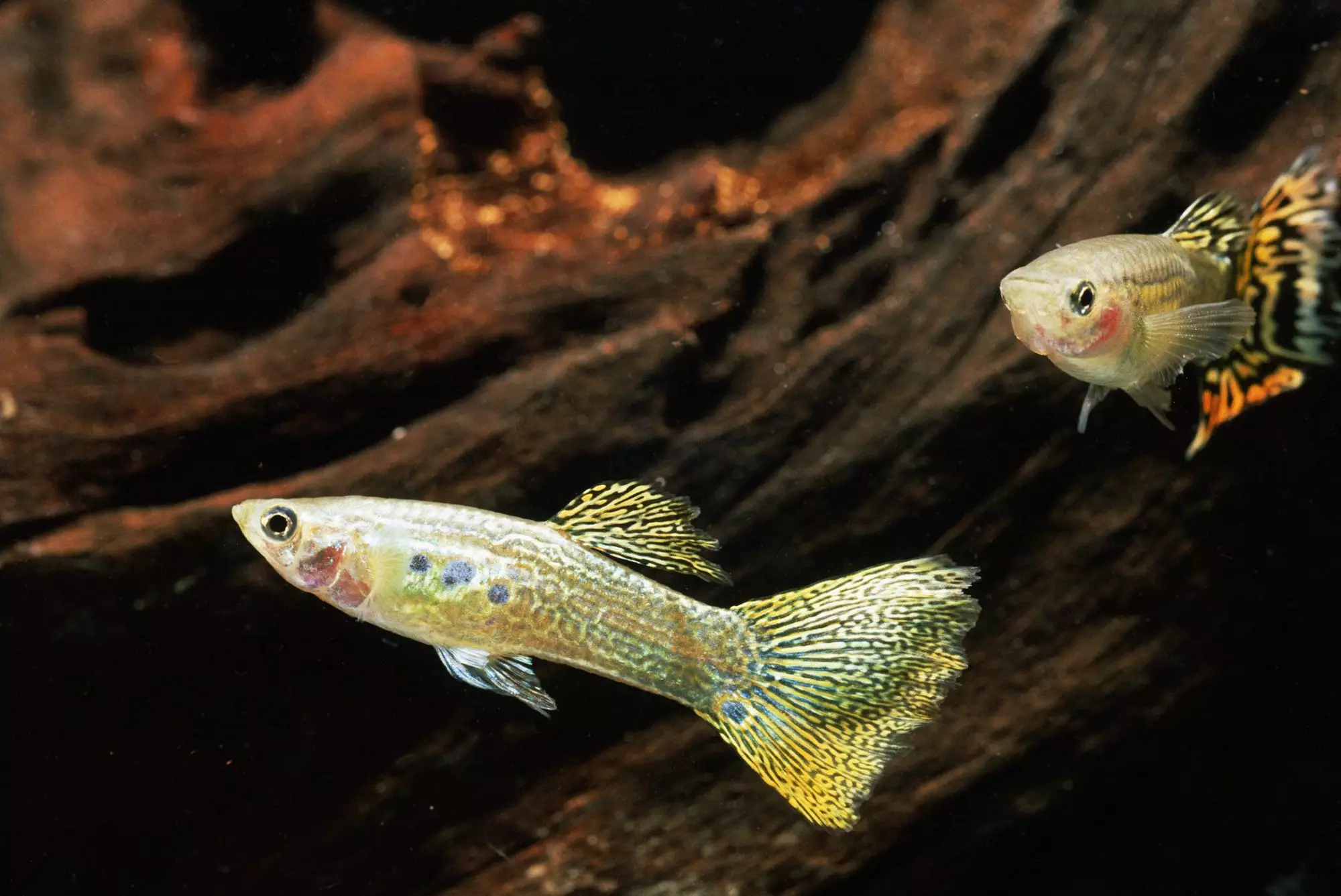Aquarium enthusiasts often find themselves confronting the complexities of water quality, particularly when dealing with hard water. While many fish species can adapt to various water conditions, it’s crucial to understand the implications of water hardness for the health and well-being of your aquatic pets. This article delves into the nuances of water hardness, the compatibility of fish species, and the potential solutions for managing water quality in your aquarium.
Understanding Water Hardness
Water hardness is defined by the concentration of dissolved minerals, primarily calcium and magnesium. It is categorized into two main types: General Hardness (GH) and Carbonate Hardness (KH). GH indicates the total concentration of calcium and magnesium, while KH reflects the level of carbonate and bicarbonate ions, which are essential for maintaining stable pH levels in the aquarium. Hardness can be expressed in degrees (dH) or parts per million (ppm), providing an analytical view of water quality.
Soft water is typically characterized by a GH of 0 to 6 dH or 0 to 100 ppm, making it conducive to a range of fish species that prefer lower mineral content. Conversely, water becomes progressively harder as dH values increase, with anything above 25 dH or 450 ppm classified as very hard. For aquarists, knowing these measurements can guide decisions on fish selection and habitat management.
Species Adaptability and Selection
One of the most significant aspects of aquarium management is fish compatibility with local water conditions. Typically, many fish sold in pet stores are bred under conditions that align more closely with hard water, even if their wild counterparts thrive in softer habitats. For example, species like Guppies, Mollies, Platies, and Swordtails generally flourish in hard water environments. Thus, before expending energy to soften your aquarium water, it’s advisable to assess whether your chosen fish care requirements are genuinely incompatible with your local water supply.
Moreover, considering fish that have naturally adapted to harder water can save a lot of time and effort. African and Central American cichlids, brackish water species, and various livebearers are great options for aquarists working with harder water. Choosing the right species that align with your environmental conditions can reduce stress on both the fish and the aquarist.
Strategies to Soften Hard Water
If you’ve determined that your selected species requires softer conditions, multiple strategies are available to modify your water. One common approach is utilizing water-softening pillows, which contain ion-exchange resins that effectively reduce hardness levels. Other natural options include adding peat moss or driftwood into your tank, both of which introduce organic acids that can help lower pH and general hardness.
A more comprehensive solution can entail using Reverse Osmosis (RO) water, which provides a near-pure source of water devoid of minerals. Mixing RO water with your tap water can balance hardness levels to create a suitable environment for those fish that thrive in soft conditions. Additionally, collecting rainwater is a sustainable, albeit labor-intensive, alternative that provides naturally soft and often slightly acidic water for your aquarium.
While softening hard water may be a priority for certain species, other fish might require hardier conditions. In such cases, options are available for increasing water hardness. Incorporating crushed coral or oyster shells into your aquarium substrate can gradually elevate hardness levels while also enhancing the biological filtration process. Similarly, limestone rocks can serve both aesthetic and functional purposes, enriching water with necessary minerals.
Buffer additives are another effective method to achieve this balance, allowing aquarists to control hardness without drastically altering the existing water chemistry. Regardless of the chosen method, always ensure that any materials used are thoroughly cleaned to avoid introducing contaminants that could harm your fish.
When purchasing fish, a little diligence goes a long way. Engage with your local pet shop to inquire about the water parameters in their tanks. Astonishingly, many stores maintain hard, neutral to alkaline water even for fish marketed as soft-water species. Understanding these conditions can guide your decisions when selecting new fish, ensuring that you mimic their preferred environment rather than imposing drastic changes.
Ultimately, successful aquarium management lies in understanding the specific needs of your fish in relation to your water quality. By fully grasping the concepts of water hardness and fish adaptability, aquarium enthusiasts can create a thriving environment that prioritizes fish health while minimizing unnecessary interventions. By making informed choices, aquarists can pave the way for a harmonious aquatic ecosystem.

